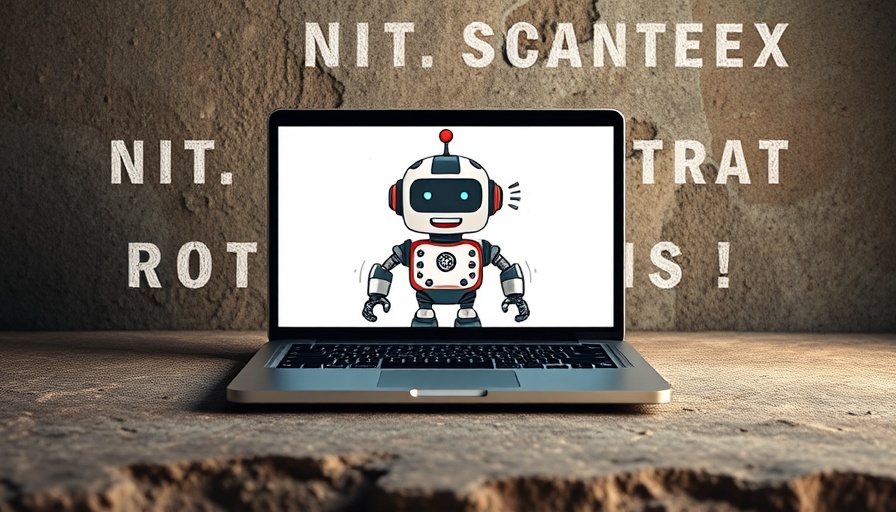
The Rise of AI in Transcription
Artificial intelligence has revolutionized numerous sectors, and transcription services are no exception. AI-powered transcription works by converting spoken words into written text using machine learning techniques. As businesses and individuals increasingly rely on digital communication, the demand for accurate and efficient transcription services has surged. Professionals ranging from podcasters and journalists to educators and marketers lean on transcription to enhance their content, making it not just accessible but also analyzable for deeper insights.
How ChatGPT Fits Into the Transcription Ecosystem
Though it might be tempting to categorize ChatGPT as a transcription tool, its role is more supportive than primary. While ChatGPT excels at generating and refining text, it doesn’t directly convert audio into letters. Instead, users can combine the capabilities of OpenAI's Whisper—a specialized AI for speech recognition—with ChatGPT to achieve a seamless transcription experience. This collaboration allows users to create raw transcripts with Whisper and then engage ChatGPT to enhance clarity and coherence by eliminating filler words and improving grammar.
AI-Powered Transcription: A Game-Changer for Professionals
The benefits of AI transcription tools are manifold. Users enjoy speed and cost-effectiveness, processing hours of audio within minutes. According to some studies, AI transcription services boast accuracy rates of over 90% under optimal conditions, which include clear audio without interruptions. Moreover, AI systems benefit from being trained on extensive datasets that cater to different accents, speech speeds, and acoustic backgrounds, further improving precision. For professionals, being able to transcribe interviews, meetings, and lectures efficiently means time saved and clarity gained.
Challenges in Transcription Accuracy
Despite the advantages, AI transcription is not without complications. Various factors can detrimentally affect accuracy, including background noise, multiple speakers, and unclear pronunciation. Transcription of interviews with several participants often leads to errors, making it critical for users to approach AI-generated transcripts with an analytical mindset. Pairing AI tools with thorough proofreading can mean the difference between a usable document and one filled with inaccuracies.
Maximizing Transcription Quality with Best Practices
To enhance transcription output, adherence to a few best practices is paramount. For starters, ensuring high-quality audio input—free of disturbances and echoes—is essential for the AI to capture speech accurately. Additionally, segmenting conversations and reducing background chatter during recordings can drastically improve response rates. Ultimately, relying solely on AI isn’t advisable; human oversight adds a layer of rigor indispensable in maintaining accuracy and reliability.
Leverage OpenAI’s Whisper for Enhanced Transcription Experience
OpenAI’s Whisper model is an exceptional tool that, once paired with ChatGPT, transforms how transcription services are utilized. Whisper specializes in converting audio files into raw text transcripts, thus allowing ChatGPT to step in, cleanup, and refine these transcripts into polished documents, ready for professional consumption. Whether it's a university lecture, a business meeting, or a podcast session, this combination notably improves workflow.
Should You Rely Solely on ChatGPT for Transcription?
While ChatGPT offers an added layer of refinement to transcription, it is not a comprehensive solution for everyone seeking transcription accuracy. Being primarily text-based, ChatGPT lacks the audio processing capabilities essential for primary transcription. Hence, relying entirely on it without a supporting model like Whisper may lead to subpar results. This recognition is crucial for anyone considering the efficiency of their routines.
Comparative Analysis of Top Audio Transcription Tools
To better inform professionals about the landscape of transcription services, conducting a comparative analysis of tools becomes pertinent. Platforms like Rev, Otter.ai, and Descript provide varying degrees of transcription services, each with its strengths and weaknesses. Users must assess their specific needs—accuracy versus speed versus cost—to identify the most suitable solution for their audio-to-text needs.
In the digital marketing landscape, accurate transcription plays a crucial role in SEO strategies. Search engines value clear and well-structured content; therefore, producing high-quality transcripts can contribute positively to overall content visibility. Marketers looking to optimize their strategies need to consider how transcription fits into greater content marketing strategies.
The evolution of AI tools continues to forge new paths in transcription services, offering professionals unprecedented efficiency gains. As you venture into utilizing AI for transcription, consider how these technologies blend to enhance your workflows. Don’t hesitate to adopt innovative tools and examine all available strategies to ensure your processes are both cutting-edge and effective.
 Add Row
Add Row  Add
Add 




Write A Comment